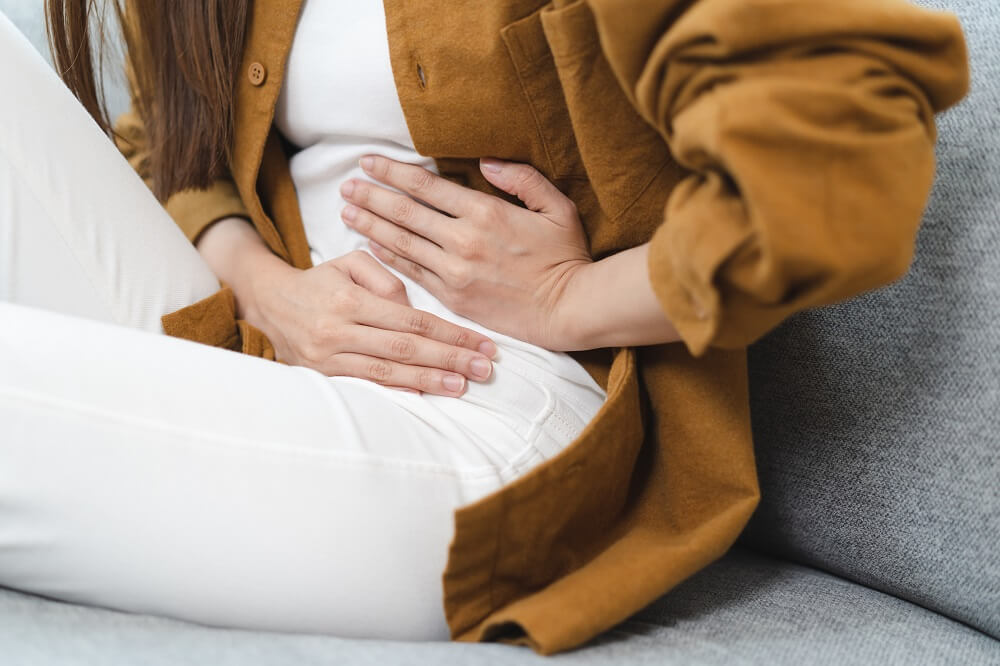Menstruation causes the body to go through a cycle of changes each month. In the weeks running up to and during a period, many people experience a range of symptoms, which is what is known as premenstrual syndrome or PMS.
Some people don't experience many PMS symptoms at all. Yet for others, symptoms can be debilitating. So in this article, we’re going to look in further detail at the link between menstruation and mental health and how you can support yourself or another.
Premenstrual syndrome (PMS)
Everyone’s different when it comes to PMS. The severity of symptoms can also vary from one month to another. Some of the most common symptoms include:
- Feeling irritable, upset or anxious
- Sleeping problems
- Mood swings
- Stomach pain and bloating
- Headaches
- Changes in eating patterns and libido
- Spotty skin
These symptoms are common and normal—yet they can still disrupt your mental health. But when you gain awareness of the symptoms and how they show up for you, you can take steps to manage them.
Premenstrual Dysphoric Disorder (PMDD)
In a small number of cases, some women can experience intense symptoms of PMS; this is known as PMDD. Symptoms of PMDD include headaches, binge eating, anger, depression and in some cases, even suicidal thoughts.
PMDD can have a huge impact on your day-to-day life. If you suspect you suffer from the condition seeking support from your GP can help.
Tips for supporting your mental health during your menstrual cycle
It can be frustrating if you struggle with PMS or PMDD around the time of your period. You might find that your symptoms impact your routine, work and relationships. Remember that you are not alone—nothing lasts forever. And if you can find tools that work for you, you can find a way to improve your mental health in line with your menstrual cycle.
Take care of your health
Health is a bigger picture—it starts by looking after your body. Taking care of the basics like getting enough sleep, eating healthy meals and drinking enough water will help you stabilise your physical and mental health too. Once you have this equilibrium, you lay the groundwork for adopting the rest of the tips below.
Track your periods
Keeping track of where you’re at throughout your menstrual cycle can help you understand your moods, emotions, and feelings. By using an app or tracking your cycle manually—you can make decisions based on this information. You might want to mix up your schedule, let others know why you’re feeling the way you are or focus on getting some solid nights of sleep.
Try journaling
Many people find journaling a great tool to help them make sense of some of the thoughts and emotions they’re feeling. Journalling might allow you to offload some of the reasons you’re feeling low. When you have these thoughts on paper, you can reflect on any changes you might wish to make and cement ideas in place for the future.
Put self-care first
Self-care is as simple as taking time for yourself and doing what makes you happy. It could be reading a book, taking a bath or cooking a meal you love. Making time for yourself allows you to connect with yourself, it puts you at the top of the priority list, and from here, you might be able to cheer yourself up when you need it.
Don't be afraid to ask for help
PMS and PMDD can really take their toll on your mental health. If you already suffer from mental health issues, then this time can be even more challenging. But there are treatments that can help like the contraceptive pill or counselling.




